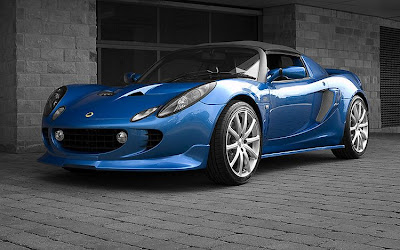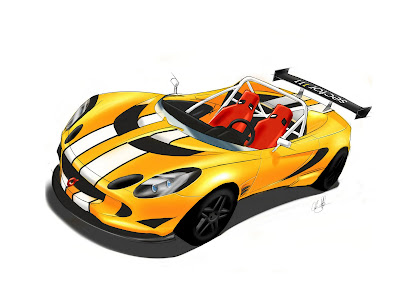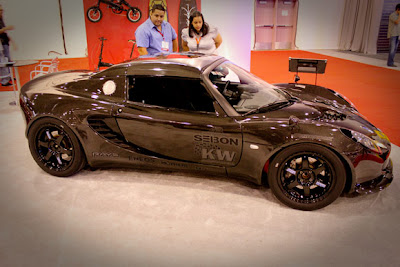Lotus Type 49 (1999) Parts 2
Saturday, January 29, 2011
3:23 AM
,
0 Comments
ป้ายกำกับ: Colin Chapman , Elise Lotus Car , Elise Lotus Cars , Lotus Elise , Lotus 49 , Lotus Car , Lotus Cars , Lotus Elise Cars , Lotus Models , Lotus Type 38 , Lotus Type 43 , Lotus Type 49 , Lotus Type 49 Formula One
ป้ายกำกับ: Colin Chapman , Elise Lotus Car , Elise Lotus Cars , Lotus Elise , Lotus 49 , Lotus Car , Lotus Cars , Lotus Elise Cars , Lotus Models , Lotus Type 38 , Lotus Type 43 , Lotus Type 49 , Lotus Type 49 Formula One
Lotus Cars Elise
Lotus Type 49 (1999) Parts 2
Lotus Cars Elise
Lotus Type 49 (1999) Parts 2
Lotus Type 49
Concept
After a difficult first year for Lotus in the 3 litre formula, Chapman went back to the drawing board and came up with a design that was both back to basics, and a leap ahead. Taking inspiration from earlier designs, particularly the Lotus 43 and Lotus 38 Indycar, the 49 was the first F1 car to be powered by the now-famous Ford Cosworth DFV engine after Chapman convinced Ford to build an F1 powerplant.The 49 was an advanced design in Formula 1 because of its chassis configuration. The specially-designed engine became a stress-bearing structural member (seen first with the H16 engine in the Lotus 43 and BRM P83), bolted to the monocoque at one end and the suspension and gearbox at the other. Since then virtually all Formula 1 cars have been built this way.
The 49 was a testbed for several new pieces of racecar technology and presentation. Lotus was the first team to use aerofoil wings, which appeared partway through 1968. Originally these wings were bolted directly to the suspension and were supported by slender struts. The wings were mounted several feet above the chassis of the car for effective use in clean air, however after several breakages which led to near fatal accidents, the high wings were banned and Lotus was forced to mount the wings directly to the bodywork.
Related : Lotus Type 49 (1999) Parts 2 By Guide ~ Lotus Type 49 (1999) Parts 2 , Lotus Cars Elise















































